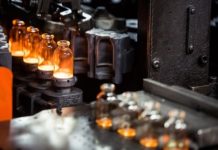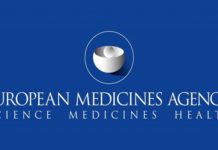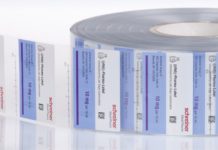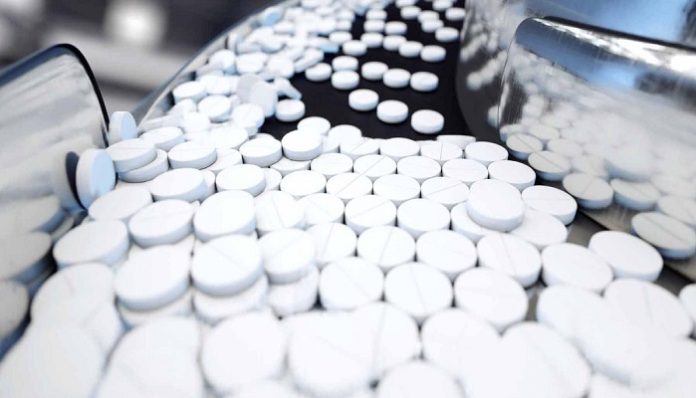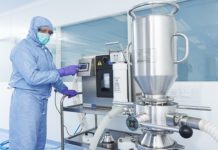In a recent study, researchers at the Massachusetts Institute of Technology (MIT) have come up with a new purification approach to reduce the cost of making protein drugs. So as to isolate proteins from a bioreactor rapidly and cheaply, the engineers utilized bioconjugate-functionalized nanoparticles.
Manufacturing Biologics by way of Isolating Protein
In huge bioreactors, living cells like yeast create biologics such as antibodies as well as other protein-based medications.
The proteins must be separated from the reactor once they have been produced. The most common approach is chromatography. It sorts proteins according to their size. Yet, this process can account for up to 50% of total manufacturing costs.
Protein crystallization is deemed too slow for industrial usage and does not operate effectively at low protein concentrations. To solve these challenges, Varanasi’s lab chose nanoparticle adaptation so that they might boost protein concentration at the surface locally. It could also serve as a template for the proteins to align the way they should and produce crystals.
According to Kripa Varanasi, a mechanical engineering professor at MIT and also the study’s senior author, the nanoparticles work as templates when it comes to boosting protein crystal formation at concentrations which are low.
Bioconjugate nanoparticles’ protein crystallization
Varanasi and his colleagues, therefore, tried an alternative technique as far as focusing on protein crystallization goes.
The researchers showed their method using lysozyme, an enzyme with well-studied crystallisation properties, and insulin.
To achieve the desired surface, the researchers coated gold nanoparticles along with the bioconjugates maleimide (MAL) as well as N-hydroxysuccinimide ester (NHS). According to scientists, these happen to be routinely utilised for tagging proteins for research or linking protein medicines to drug delivery nanoparticles.
When protein solutions are presented to these coated nanoparticles, the proteins aggregate at the surface and bind to the bioconjugates, according to the researchers. Additionally, the bioconjugates force the proteins to align in a precise direction, forming a frame for additional proteins to join the crystal.
Novel purification method findings
The coated particles reduced the induction time, or how long it takes for crystals to form, by seven times.
A threefold rise in the nucleation rate, or how quickly crystals grow once they start to form, was also noted.
According to Caroline McCue, the study’s primary author, even at low protein concentrations, a lot more crystals are developed when using these bioconjugate-functionalized nanoparticles. Because these bioconjugates provide a particular place for the proteins to bind, the functionalized nanoparticles significantly shorten the induction time. As the proteins are aligned, they may form a crystal more quickly.
The results showed that when the proteins were exposed to bioconjugate-coated nanoparticles, they crystallised much faster than when they were exposed to plain nanoparticles or no nanoparticles.
Proteins crystal analysis by way of using machine learning
Also, the group analysed thousands of crystal photos using machine learning. According to McCue, they needed a sizable dataset to be able to assess whether their strategy improved the induction time as well as the crystallisation nucleation rate. Machine learning is the best method for being able to tell when crystals are growing in each image without having to go through or manually count each one when there are so many photographs to examine.
The MIT team is currently demonstrating that the method can be used to produce monoclonal antibodies, vaccines, as well as other valuable proteins while scaling up the procedure for use in an industrial bioreactor.
This is a general strategy that may also be applied to other systems. One can compel this process to occur by adding the proper bioconjugates if one is aware of the protein structure that’s been sought to crystallize, according to Varanasi.
The research has been supported in part by a National Science Foundation Graduate Research Fellowship and the Gates Foundation.
The findings have been reported in Applied Materials & Interfaces by the ACS.



